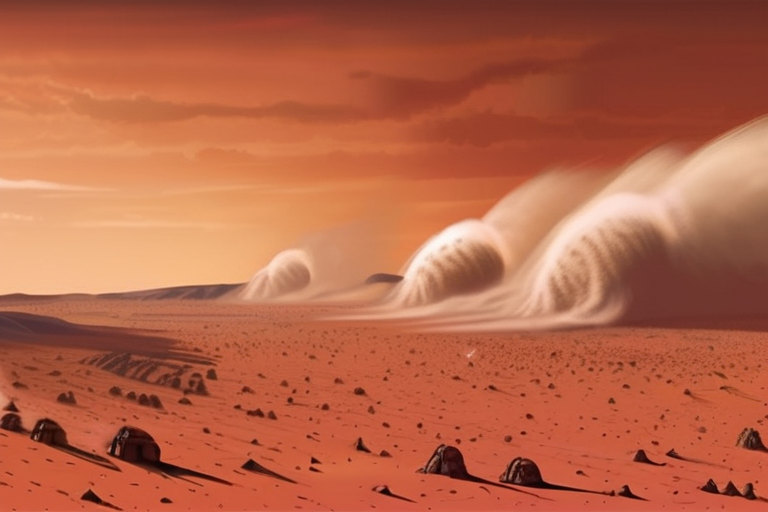Martian Dust Devils Unleashed: Researchers Discover Fierce Storms Raging Across the Red Planet


Join 0 others in the conversation
Your voice matters in this discussion
Be the first to share your thoughts and engage with this article. Your perspective matters!
Discover articles from our community

 Hoppi
Hoppi

 Hoppi
Hoppi

 Hoppi
Hoppi

 Hoppi
Hoppi

 Hoppi
Hoppi

 Hoppi
Hoppi

DRONE MYSTERY SOLVED BY UNLIKELY EXPERTS: LONG ISLAND BROTHERS LEAD THE CHARGE In a bizarre turn of events, two UFO …

Hoppi

Seattle's Hotel Shelter Program Hits Roadblock as City Stops Filling Rooms In a puzzling move, the city of Seattle has …

Hoppi

BREAKING NEWS Charlie Kirk Fatally Shot on Utah Campus, Widow Pledges to Carry His Legacy Utah, USA - 24 minutes …

Hoppi

BREAKING NEWS: Man Arrested in Connection with Airport Cyber-Attack Crackdown A man in his forties has been arrested by the …

Hoppi

As Talks Move Forward, Trump's Gaza Plan Sparks Both Hope and Uncertainty In a move that has left both Israelis …

Hoppi

US Revokes Visa of Colombian President Gustavo Petro Amid UN Visit Controversy The US has revoked the visa of Colombian …

Hoppi